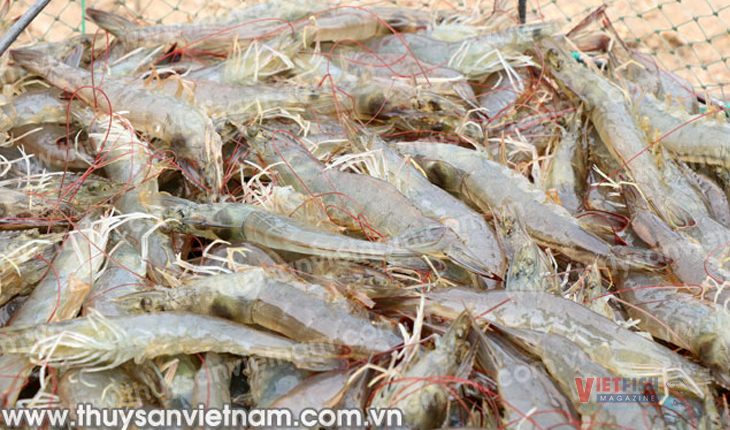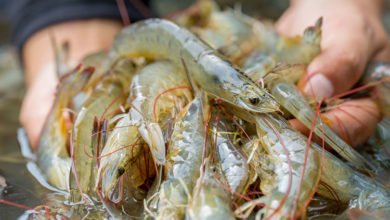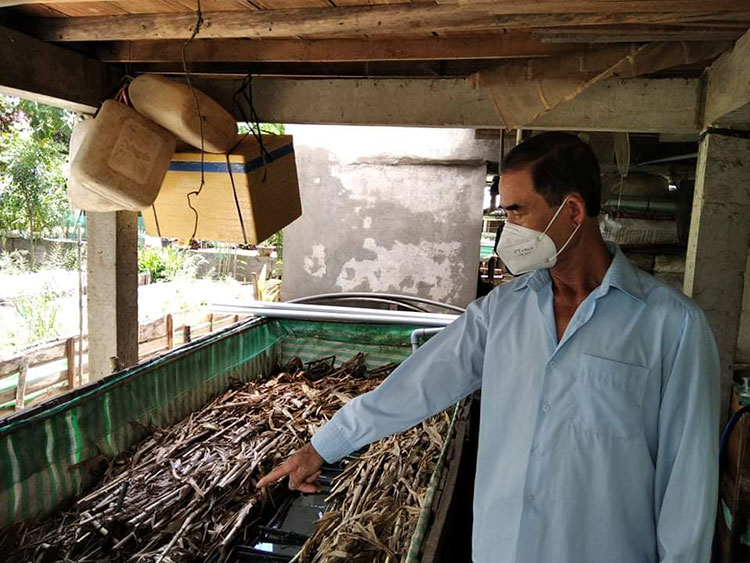Seafood exports soar nearly 43% in February
Vietnam’s seafood exports saw strong growth in February, driven primarily by two key products: shrimp and pangasius.
According to the Vietnam Association of Seafood Exporters and Producers (VASEP), Vietnam’s seafood exports showed promising growth in the first two months of 2025, with total export revenue reaching USD 1.4 billion, marking an 18.2% increase compared to the same period in 2024. Notably, February alone saw exports soar to USD 655 million, reflecting an impressive year-over-year growth of 42.6%.
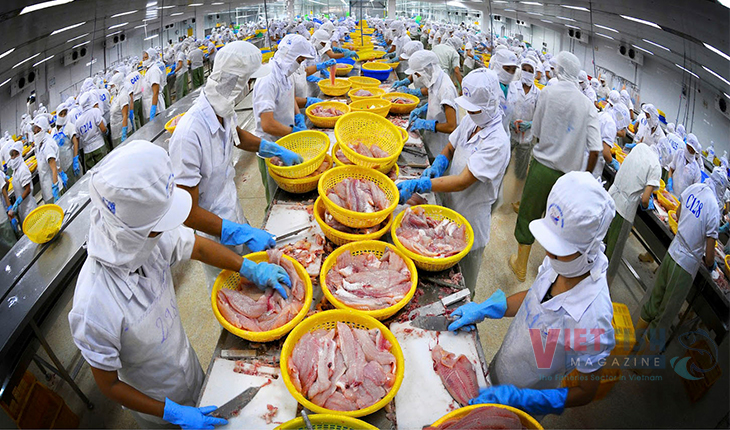
Shrimp – A key driver of growth
Shrimp remains the leading force in seafood exports, generating USD 542 million in revenue during the first two months of the year, marking a remarkable 30.8% increase. In February alone, shrimp exports reached $231 million, marking a 34% surge. According to VASEP, this rebound indicates that the shrimp industry is regaining its growth momentum after a prolonged period of low prices in 2023–2024.
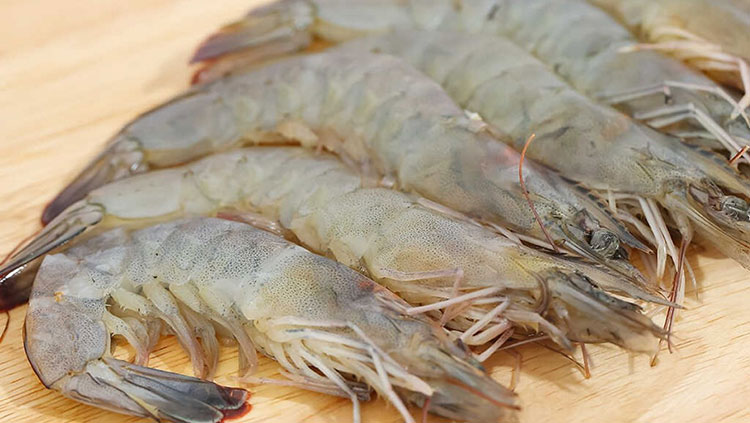
Although shrimp imports from China and the U.S. declined in 2024, other markets, particularly the EU and emerging regions, helped fill the gap. This support kept global shrimp production stable while driving price improvements, reflecting a healthier balance between supply and demand. The EU has emerged as a key market, with imports of fresh, frozen, and value-added processed whiteleg shrimp reaching 376,875 tons in 2024, a 4% increase from 2023. The long-term growth trend remains strong, with 2024 import volumes up 26% compared to 2019. This growth has been largely driven by increased shipments from Ecuador (+78%) and India (+47%).
Vietnam has also experienced a partial recovery in exports to the EU, further solidifying its position as one of the top suppliers. However, VASEP emphasized that growing competition from Ecuador and India necessitates a stronger focus on value-added products and market diversification to sustain Vietnam’s competitive advantage.
VASEP anticipates a positive outlook for the shrimp industry in 2025, provided that uncertainties such as trade tensions under a potential Trump administration do not lead to further disruptions. The average import price has been on an upward trend since October 2024 and is expected to remain high throughout 2025, driven by stable inventory levels. This stability is bolstering confidence among both exporters and importers.
Pangasius prices on the rise, but risks remain
Pangasius exports generated USD 253 million in revenue during the first two months of the year, reflecting a slight 0.8% decline compared to the same period last year. However, February saw a strong rebound, with exports reaching USD 120 million, an impressive 33% growth, indicating a short-term recovery.

Farm-gate prices for pangasius have surged to their highest level in three years, ranging from VND 32,000 to 33,000 per kg for fish weighing over 1 kg. This price increase has brought substantial profits to farmers, with margins of VND 2,000-3,500 per kg. The surge is primarily driven by rising export demand, particularly since late 2024, as businesses have secured stable orders extending at least until June.
The pangasius market is grappling with significant challenges. Rising input costs, particularly for feed and labor, have driven up raw material prices, while uncertainty over U.S. tariff policies, including the additional 10% duty on processed seafood from China, has disrupted global trade flows. In the U.S., demand remains weak, and high inventory levels could further limit price increases.
VASEP advises pangasius farmers to exercise caution and avoid unplanned production expansion, as current prices may be artificially inflated and could drop sharply if supply outstrips demand. Strengthening partnerships with enterprises, adopting modern farming technologies, and focusing on value-added products will be crucial for maintaining a competitive edge.
Tuna faces challenges from international regulations
Vietnam’s tuna exports totaled USD 126 million in the first two months of the year, reflecting a slight 3.5% decline. However, in February 2025, exports rebounded to USD 59 million, marking a 15.9% increase. Japan, one of Vietnam’s key tuna markets, has maintained stable but relatively low prices.
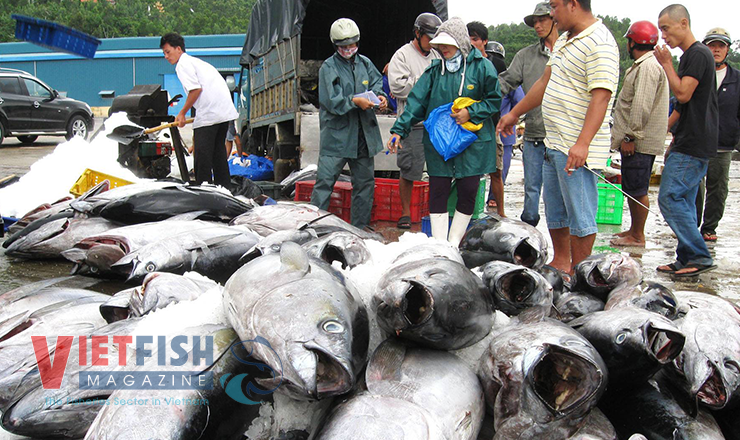
Vietnam’s tuna export industry is facing significant challenges from major importing markets such as the EU and the US. Strict regulations aimed at combating illegal, unreported, and unregulated (IUU) fishing continue to pose major obstacles for wild-caught seafood, including tuna. Notably, Decree 37/2024, which mandates a minimum size requirement of 0.5 meters for skipjack tuna, is making it difficult for both fishermen and businesses to secure sufficient raw materials.
Similarly, the United States enforces the Marine Mammal Protection Act (MMPA), requiring seafood-exporting countries to prove their fishing practices do not harm marine mammals and that their regulations align with U.S. standards. Recently, the U.S. ruled that Vietnam does not meet these requirements, posing a risk of import bans on certain Vietnamese seafood products starting January 1, 2026, unless corrective action is taken.
VFM


